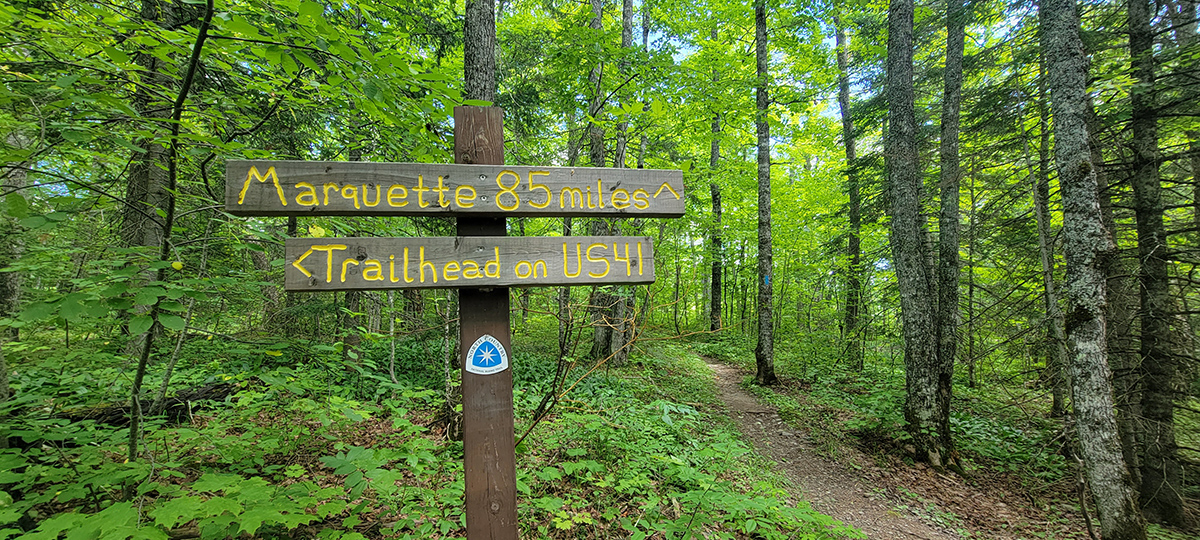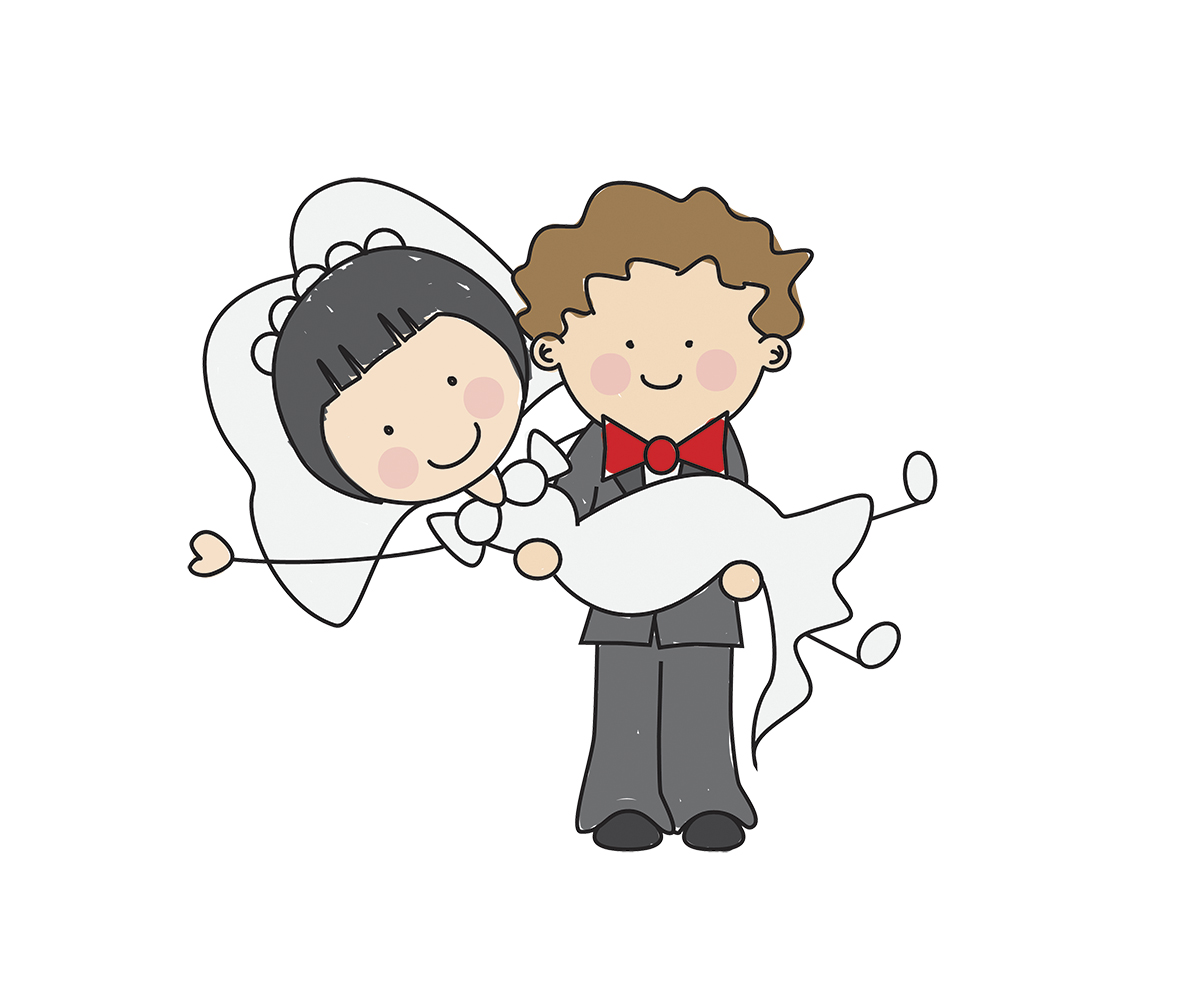WRITER | JULIE FORD
PHOTOS | JULIE FORD / GREAT LAKES BEE SUPPLY
From apples to zucchini, without bees and other winged pollinators, these and many other fruits, vegetables, herbs, nuts, and seeds would either be cost-prohibitive or nonexistent. Thirty percent of the foods we eat require pollination, and bees have one of the most important jobs on earth – keeping the food supply flourishing.
In 2016, the USDA released a collection of US honey bee colony data indicating honey bee operations of five or more colonies fell eight percent between 2015 and 2016 – a loss of 230,000 colonies of honey bees. If a colony has one queen that can lay up to 250,000 eggs in a year, the losses are staggering, and the reasons are both many and interconnected.
Pesticides, parasites, pathogens, harsh weather, monocrop farming (thousands of acres of one crop), and even industrial beekeeping contribute to honey bee decline. With the exception of industrial beekeeping, our native wild bees are susceptible to these same hazards. (Honey bees are not native to North America but were imported by European settlers, probably as early as the 1620s.)
Scientists continue to study the effects of pesticides on bees and identify insecticides as the most toxic. Sprays landing on bees during peak foraging times of the day, direct contact with residue, and the drift of insecticide mist carried by the wind into nesting areas impose seriously adverse — and often lethal — effects on both native bees and honey bees.
“In a nutshell, the most glaring problem is the use and improper use of pesticides and insecticides,” says Wrifton Graham, master beekeeper and owner of Great Lakes Bee Supply in Galesburg. “Canada has eliminated a long list of these chemicals, the UK has eliminated many, and the US is one of the last players in this game.”
Studies show varying effects of pesticide toxicity to western honey bees (Apis mellifera), from instant death to compromised health that can weaken the bee, shorten its life, and damage both larvae and other adults in the hive. Other symptoms of bee poisonings are wobbly movement, increased defensiveness, confusion, and lethargy.
“Bees are the ‘canary in the coal mine,’” says Graham. “Adding bees to the endangered list – it’s the canary getting sick and dying, and the rest of the situation is going to get worse.”
In winter, proper insulation of hives helps honeybees maintain the necessary internal temperature and limits deaths from cold and moisture. As a precautionary measure against varroa mites, Graham dusts his apiaries with powdered sugar and uses tea tree oil for nosema – a parasite that causes dysentery in bees. Beekeepers who use antibiotics to help sickly bees are now required to seek a licensed veterinarian with whom they have developed a veterinarian-client-patient relationship. As the largest beekeeping educator in Michigan, Great Lakes Bee Supply has added classes specifically for veterinarians to understand beekeeping – and Graham notes that every class is full.
If environmental stressors, parasites, and pesticides aren’t enough, industrial beekeeping and monocrop farming are also affecting the honey bee populations. During the process of industrial pollination (semi trucks filled with hives crisscrossing the US to help farmers pollinate their crops), bees are fed corn syrup and sugar water while traveling. Since bees require proteins, minerals, fatty acids, and water, a short-term deficient food supply may have negative effects.
“Monocrops are a food desert,” explains Graham. “Think California almonds – no food to be had in more than one million acres, before or after the short bloom. When you start getting into mega-farming and monocrops, there’s no planting of strips of flowers to offset the land designated to one thing.”
While it appears there is a downward spiral for our critical pollinators, there is hope. With more than 450 species of native bees in Michigan in addition to the western honey bee, there are many efforts homeowners can make to help boost the bees.
Bee populations may increase if they are fed, housed, and not killed. Graham says the biggest thing homeowners can do is twofold. “First, pay attention to what you are using on your property – pay attention to the labels and be mindful of how things are applied.” Next, is landscaping with native plants and trees. Getting rid of the lawn and replacing it with native plants or vegetable gardens is ideal but not always achievable due to zoning codes.
The investment can be as little as planting a packet of wildflower seeds in the yard to managing hives. “You are a beekeeper whether you have a hive in your yard or not,” notes Graham. “Plant beneficial native flowers and trees. Annuals are pretty and colorful, but they do not provide nectar or pollen. Bees need places to feed and nest, and those need to be free of pesticides and insecticides.”
Consider planting a pollinator garden. Look for native flowering trees and perennials at local nurseries and ask for help with how to plant for season-long, staggered blooms. Include bee houses built in varying sizes and shapes to attract solitary, less-likely-to-sting bees such as the mason bee. Ground-nesting bees seek well-drained, sunny spots and patches of bare ground with varying slopes. Bumblebees may occupy a weathertight square house as opposed to the tubular house design that mason bees prefer. The combination of wet and cold can be fatal for a bee, so an understanding of proper bee housing is essential to creating a bee-friendly habitat. Local nature centers are an excellent resource for classes and information about pollinator gardens.
For Graham, preventative measures, natural remedies, never sharing beekeeping equipment, and vigilance has kept his apiaries healthy and robust for years. For homeowners, thoughtful consideration of landscaping without chemicals and with Michigan’s native plants offers a gentle way to nurture nature where tending a garden is tending the bees.








